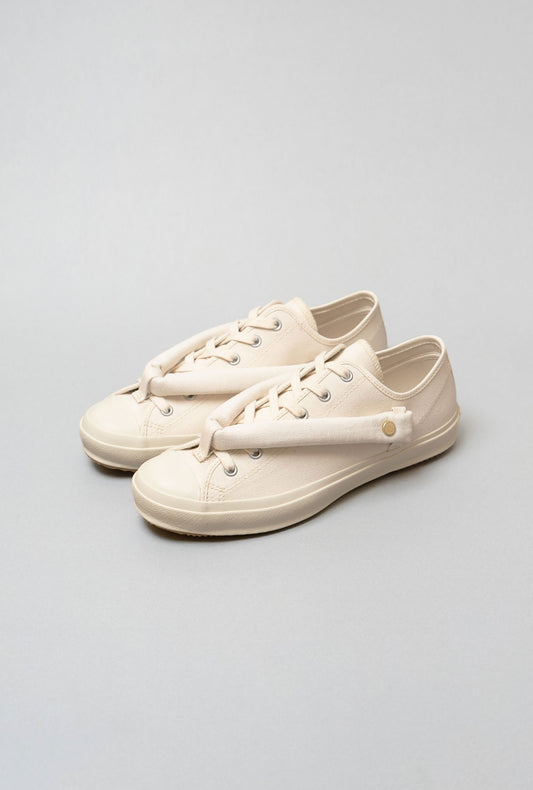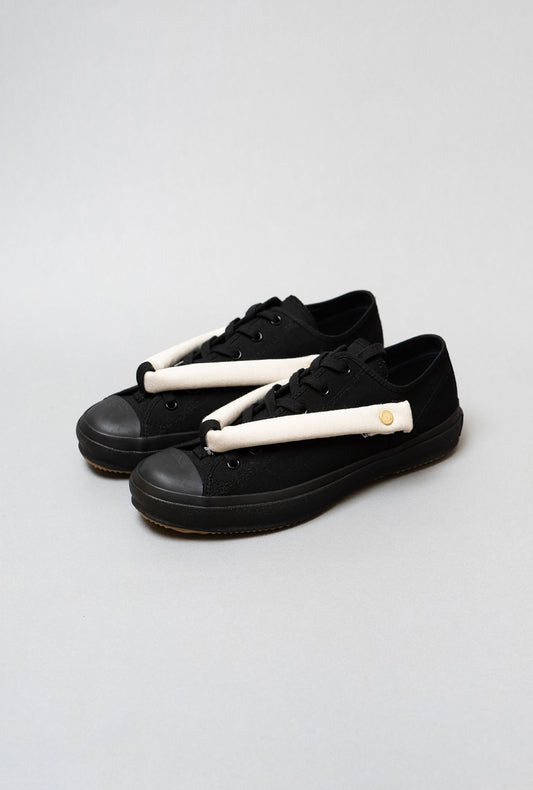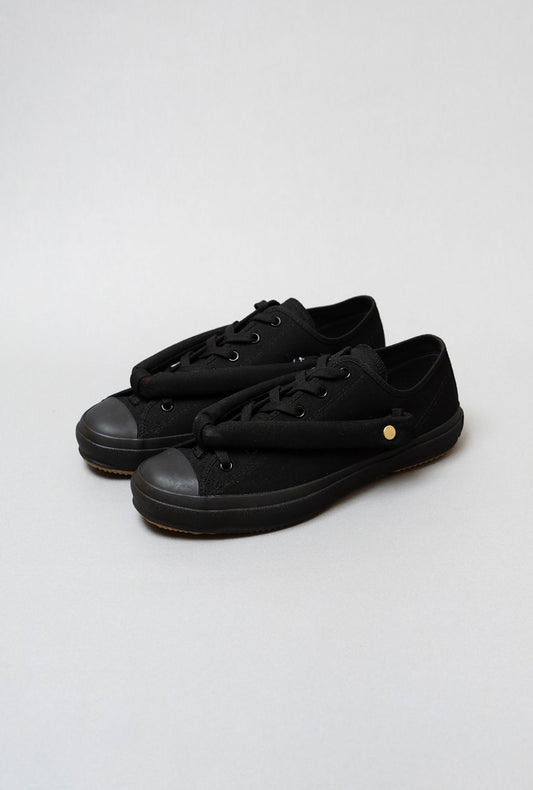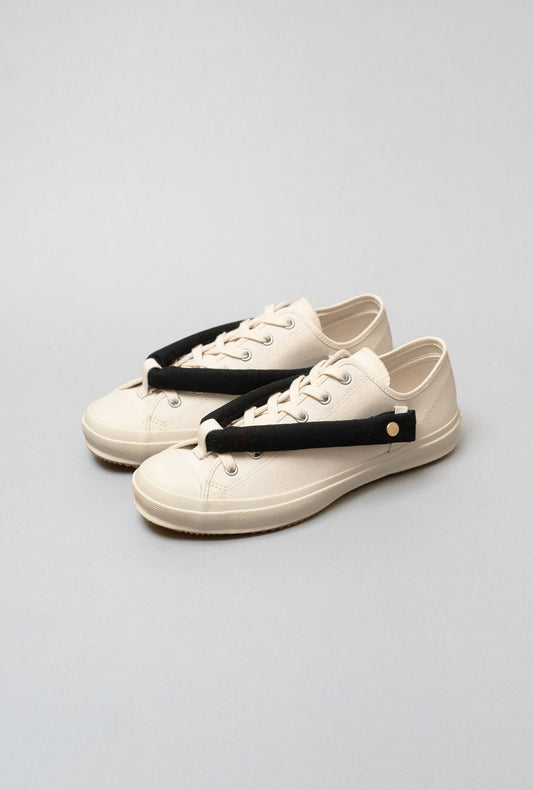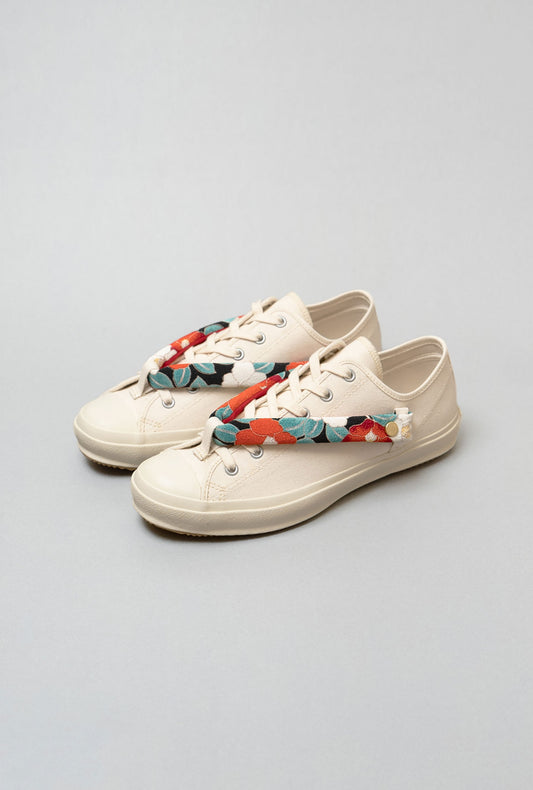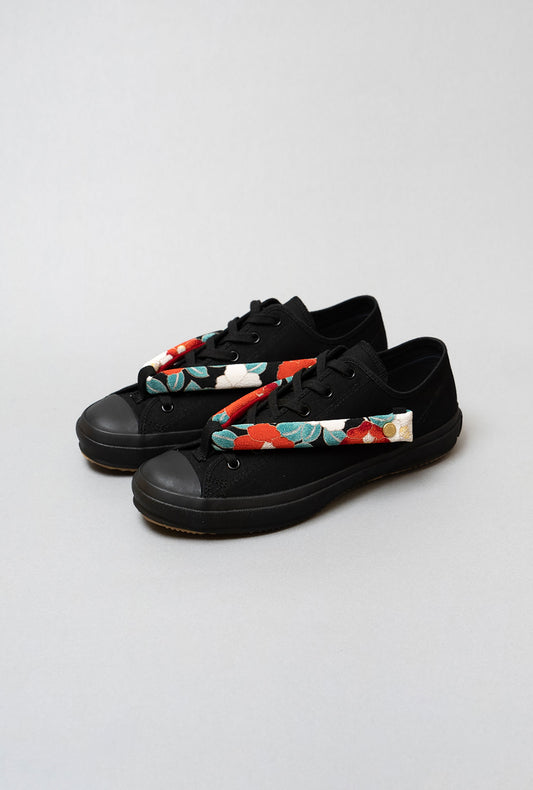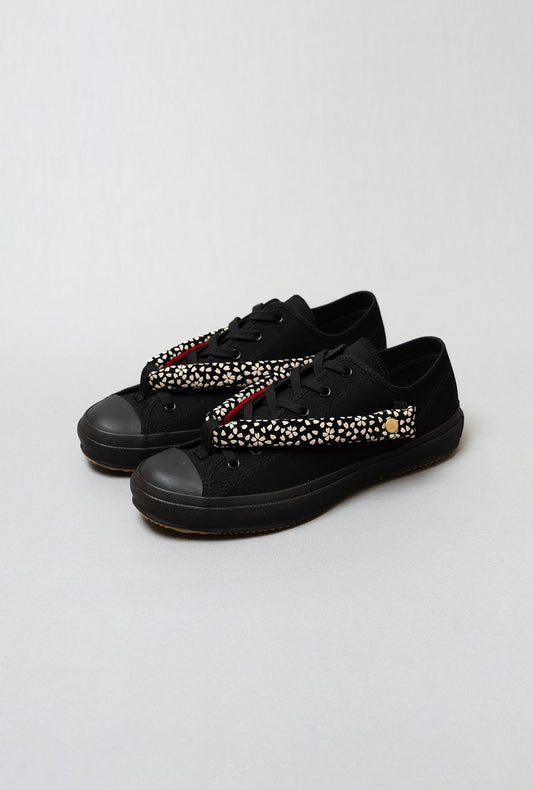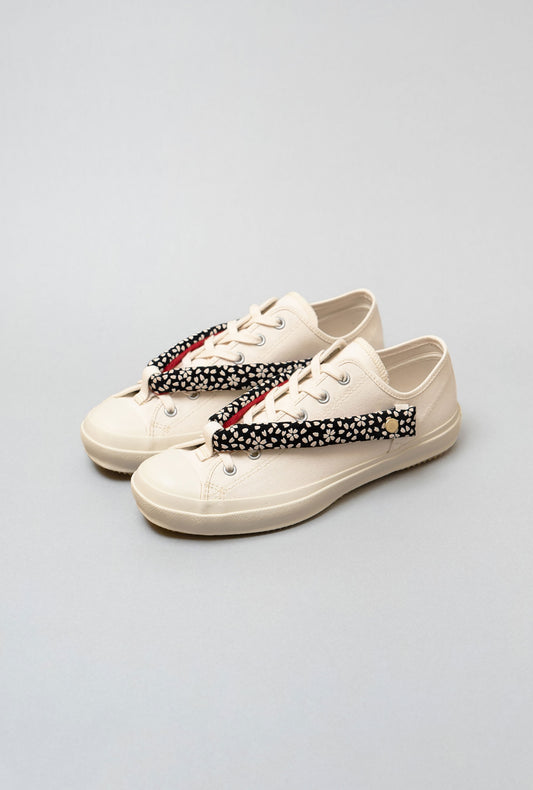December 2024, Shiwasu Katame (In-depth)
Share
NUKADOKO
I think it’s been about three years since I started keeping a nukadoko (fermented rice bran bed). Three years might still make me a beginner, but I do have one at home. It’s about the size of a bucket, living inside an enamel pot. The most important thing about this is that if you don’t stir it every day, it “dies.” Stirring it every single day for three years? That’s quite a commitment. It feels like a little corner of my brain is always occupied with nukadoko.
When I say it “dies,” I mean that the beneficial bacteria—like lactic acid bacteria that make tasty pickles—disappear, and harmful ones—like mold that could upset your stomach—take over. So, it’s less about dying and more about the balance being thrown off. Basically, nukadoko is a home for all kinds of bacteria, and they coexist in balance. I’ve never seen them under a microscope or anything, so I can’t fully grasp it, but for now, I just stir it every day. That’s the reality. If I forget for two days, though, it definitely starts to look and smell suspicious.
Having a nukadoko pot at home means I can enjoy delicious pickles anytime, which is pretty great. Back in the day, every household probably had its own nukadoko, which meant each home had its own unique pickles. The bacteria in each house are different, and the person stirring it has their own unique bacteria too, so every nukadoko would produce its own distinct flavors. These days, not many families keep one, which I think is a shame. Imagine how fun it would be to trade pickles with others once a week—like a little pickle exchange during lunch! The individuality of each nukadoko comes out naturally, without trying. Isn’t that a wonderful experience?
Another great thing is that it’s a perfect spot for leftover veggies. It saves them from going bad and the guilt of wasting food.
On a side note, I sometimes toss extra vegetables in, harvest the pickles, and sell them to the staff at WLK. One cucumber goes for 100 yen, for example. My partner’s family runs an izakaya (Japanese pub), and there, they turn it into a snack priced around 300 yen, which ends up in someone’s belly.
This might sound a bit fantastical, but it feels like I’m keeping a tiny bit of nature inside my house. Even though I can’t see them, there are countless bacteria hard at work in that pot every day. In the future, coexistence with nature will become an even bigger theme. Having a little piece of nature at home, experiencing its benefits daily—it’s made me reconsider my attitude toward the natural world.

2024.12 Yosuke Sakai

